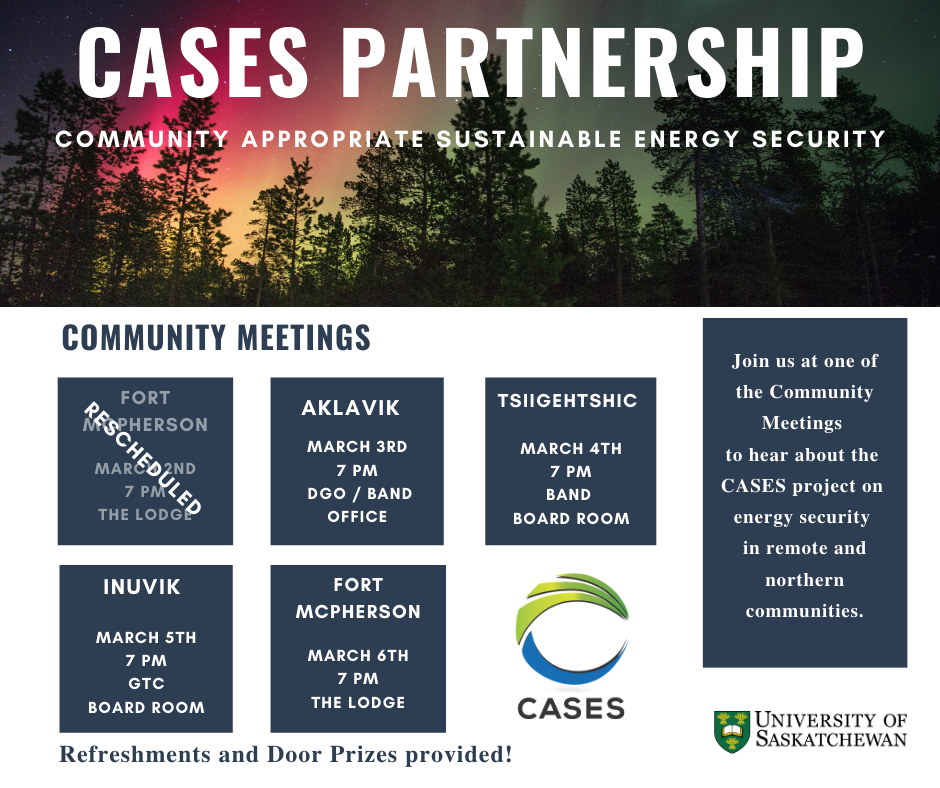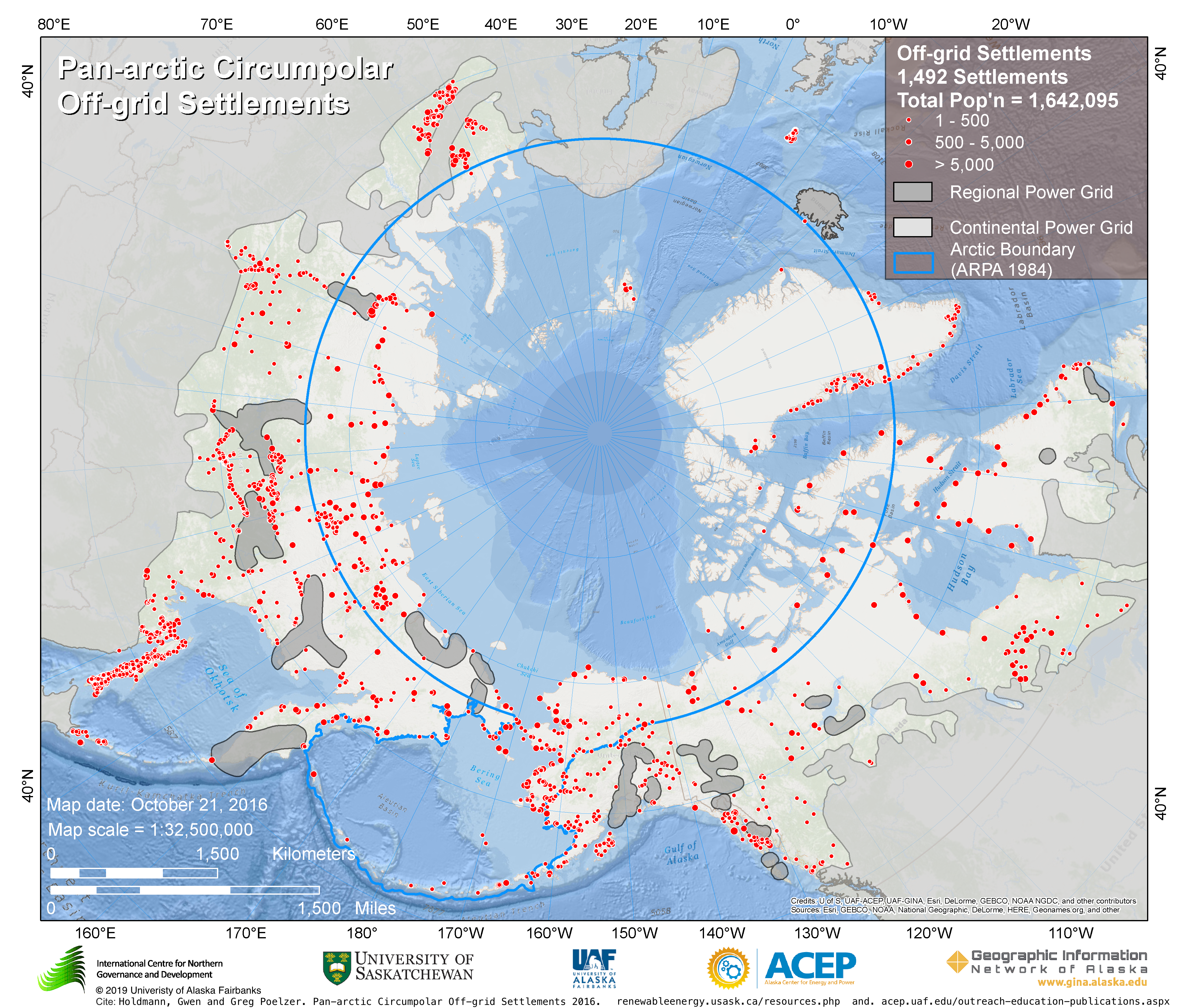CASES Partnership Project: Progress Report (Years 1-3)
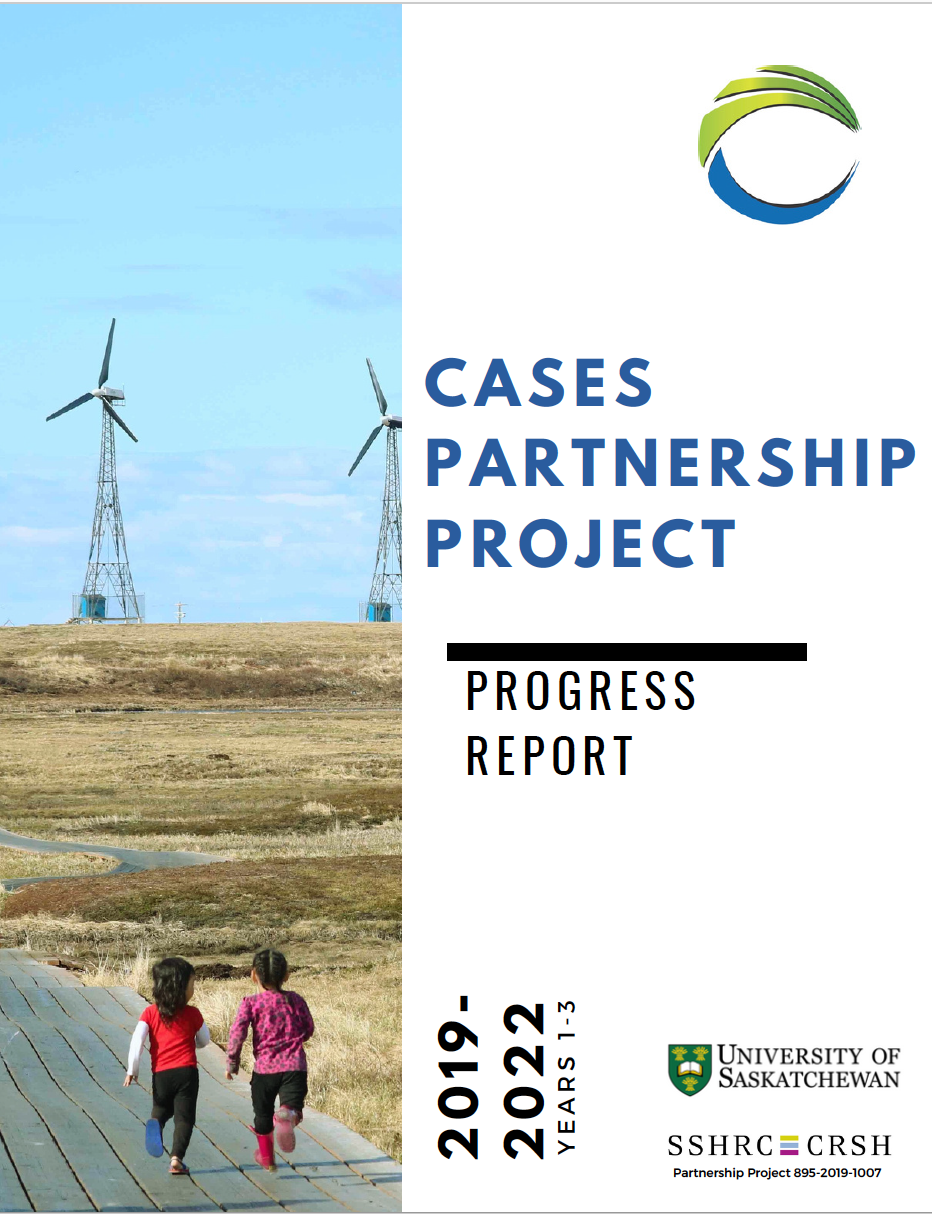
A copy of the report can be found below.
COP26: Reimagining Energy Leadership: Achieving our SDGs through a human-centric energy transition

EVENT OVERVIEW
This session will focus on the need for a human-centric approach to the energy transition. This conversation is taking place at the sidelines of the COP-26, and many of us in Glasgow and abroad are thinking about what is needed to achieve the ambitious SDG priorities and climate goals—and as human beings are at the heart of the energy transition, we believe energy leaders must be supported accordingly.
Energy is linked to nearly all the SDGs; equitable access to energy systems fosters employment opportunities and empowers historically marginalized and vulnerable communities. For no one to be left behind, a just and inclusive energy transition will also enhance an individual’s opportunities, capabilities, and well-being.
We must ensure a human-centered approach is at the front of energy leadership to reimagine capacity development in order to meet the ambitious 2030 Agenda. Thus, if we are to achieve success, energy leaders need to be equipped with the right set of tools to be able to meet both global climate goals and local development priorities; it will require us moving from top-down and technically oriented solutions to those that also incorporate the often-overlooked components of leadership, skills and capacity building as the energy transition is ultimately a human transition.
The session will bring together panelists that are reimagining energy leadership and capacity development, to share insights and experiences underscoring what is needed to realize a human-centric energy transition. This session will also introduce RMI’s Energy Transition Academy, previewing the Africa Minigrids Program in partnership with the United Nations Development Programme.
Dr. Greg Poelzer, CASES Co-Director, was included in the diverse panel. Please watch the video recording below.
Recurring issues and concerns in wind energy project Environmental Assessments: analysis of western Canada
Authors: Dutta N, Noble B, Poelzer G, Hanna K.
Investment in renewable energy is essential to a low carbon future. Wind energy is Canada’s fastest growing renewable energy sector. Although not as disputed as fossil fuel-based energy projects, such as oil sands mines or pipelines, wind energy projects can be controversial. Understanding the typical issues and concerns that emerge when wind energy projects are proposed is important to manage the transaction costs for renewable energy projects. This research examined 16 environmental assessments (EAs) for wind energy projects in western Canada to determine the recurring issues and concerns raised by government reviewers, project interveners, and other affected interests when projects are tabled. A total of 50 different issues were identified. These were raised 848 times in EA comments and submissions. Although variability existed in the number and diversity of issues by jurisdiction and by project, depending on location and size, concerns about land use, impacts on human well-being, impacts on natural ecosystems, and economic opportunity and impact, represented 79% of all issues and concerns. The majority of issues reflect project-specific impacts and concerns, but many issues including impacts to other land tenure holders or licensees (such as other utilities and industries) are issues that are beyond the scope and scale of what can be resolved at the time wind energy projects are proposed. Understanding and addressing the recurrent issues and concerns raised when wind energy projects are proposed and identifying and off-ramping the bigger issues to the planning and strategic process, are important conditions for energy transition.
Keywords: Wind energy, impact assessment, recurring project and strategic issues.
Field: Environmental Geography
NWT Community Meetings: March 2020
Map: Pan-arctic Circumpolar Off-grid Settlements
An analysis of the state of impact assessment research for low carbon power production: Building a better understanding of information and knowledge gaps
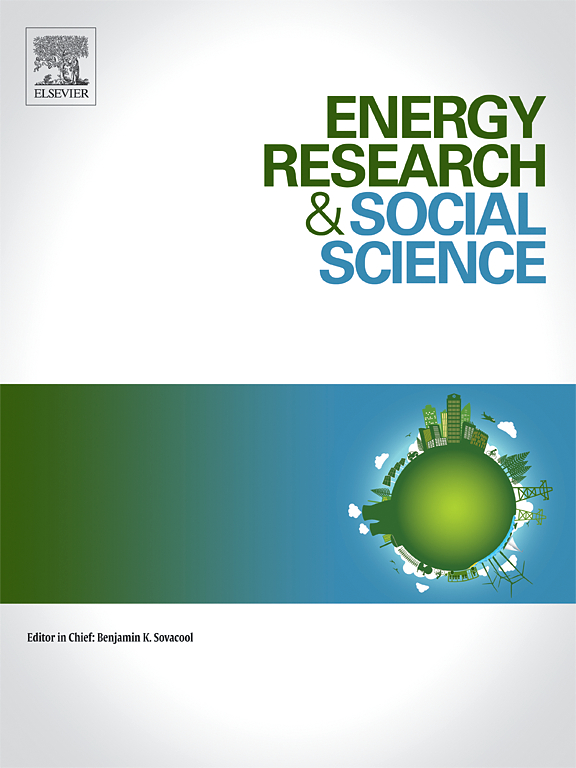
Authors: Kevin Hanna; Erin McGuigan; Bram Noble; John Parkins
Abstract
This study provides a portrait of the state of impact assessment (IA) research for four types of low carbon power production (wind, solar, small-scale hydro and small modular nuclear reactors). The emphasis is on IA research that has relevance to the Canadian policy setting. The method involved a systematized scan of the academic literature (peer reviewed publications, conference proceedings and book chapters) and reports and studies produced by government and other organizations. The literature was categorized according to a framework adapted from transition theory. The results indicate that the literature addressing wind power is comprehensive, but there is a relative scarcity of research (in both quantity and breadth) on the impacts of solar, small-scale hydro, and small modular reactors (SMRs). In each of these three energy areas there is a lack of available work addressing the social, political and cultural impacts accompanied by more specialized gaps in the biophysical research. Drawing on a transition theory typology, the majority of the literature can be characterized as reflexive, with less than 20% of research exploring primarily operational, tactical, or strategic themes. But there are many sources where the research contains overlapping categories. The research for SMR impacts is distinct from the other three alternative power sources; this literature is largely strategic. Priorities for further analysis in the short-term include applying lessons from the international literature to the Canadian context and developing a better understanding of the specific impacts of alternative energy sources on Indigenous communities. In the longer term, there is a need for more research in the field, with a particular emphasis on understanding the operational and strategic qualities of low carbon power production.
A Gap Analysis of Impact and Assessment Research for Alternative Energy Development
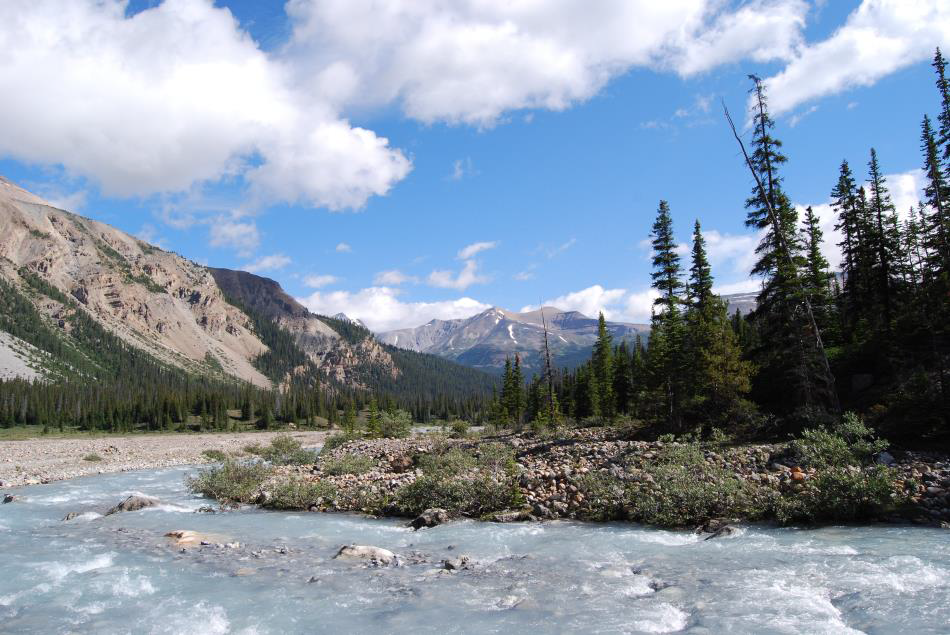
What is Known About the Impacts of Alternative Energy Development?
Report Authors: Dr. Kevin Hanna; Dr. Erin McGuigan; Dr. Bram Noble; Dr. John R. Parkins
A final project report prepared in completion of reporting requirements for the Social Science Humanities Research Council Knowledge Synthesis Grant program
Key Messages
This synthesis project developed a portrait of the state of impact assessment research focused on alternative energy development in Canada (wind, solar, small scale hydro and small modular reactors) for the production of electricity, not based on the use of fossil fuels. The method involved a scan of the academic literature (peer reviewed publications, conference proceedings and book chapters) and reports and studies produced by government and other organizations. We classified relevant works by impact characteristic(s), and then outlined the state of work within a framework adapted from transition theory. The research identified the following key messages:
1. The literature addressing wind power is quite expansive. But there is a scarcity of research regarding the impacts of solar, small-scale hydro and small modular reactors (SMRs) or smallscale nuclear. In each of these three foci, there is a lack of available work addressing the social, political and cultural impacts of these energy sources accompanied by more specialized gaps in the biophysical research. In addition to the clear need for additional research, there is a shortterm need for expert rendition of existing international research that may be of value to the Canadian context.
2. Drawing on a transition theory typology, the majority of the literature can be characterized as reflexive, with less than 20% of research exploring primarily operational, tactical or strategic themes. There are many sources where the research contains overlapping categories. The research for SMR impacts is distinct from the other three alternative energy sources. The SMR literature is largely strategic.
3. Overall, there is very little research that addresses impacts of SMRs. Most of this focuses on the strategic motivations for the uptake of small-scale nuclear, safety, and economics. Public and stakeholder perception was notably absent from the research on SMRs. We can assume that one of the major needs in advancing this technology is to understand and be able to address public concerns about safety and cost. More studies addressing the socio-political, environmental and energy transition issues are required for this energy type.
4. Research addressing both the positive and negative impacts of alternative energy sources on Aboriginal communities is almost entirely lacking. Given that Aboriginal peoples in Canada have unique set of rights set out in Section 35(1) of the Constitution Act, 1982, Canada’s status as a signatory of the United Nations Declaration of the Rights of Indigenous Peoples, and the Federal Minister of Indigenous Affairs commitment to implement the declaration (Indigenous and Northern Affairs Canada 2016), this represents an essential area of exploration if alternative energy sources are going to be developed for Canada’s energy future. There is a need for programmes that specifically support research in this area to ensure that the perspectives, experiences and knowledge of Aboriginal people are considered in the development of energy resources.
5. Papers addressing the economic and financial feasibility of alternative energy sources were noted in the initial scan, but were then scoped out of the synthesis given our focus on impact/environmental assessment themes. However, we suggest that this is an area that should be examined further. Presently Canadian assessment processes do not require a substantive financial or economic rationale for project justification (if at all). This may be a key area of need when considering environmental assessment reform in Canada. The financial stability and long term environmental risks of financing potential stranded assets could become a substantial problem facing the fossil fuel industry. It is an area where work is required on integrating financial and economic viability, and better needs assessments into review and approval processes. This can help ensure that public and private resources are being invested in the most viable, sustainable and resilient energy sources and infrastructure.
6. There is a need and an opportunity for targeted programmes that support research that connects social science to the development of energy resources and their infrastructure, and for supporting work that focuses specifically on addressing important gaps in understanding the social, economic and environmental implications of expanding alternative energy systems.
Developing Renewable Energy in Arctic and Sub-Arctic Regions and Communities
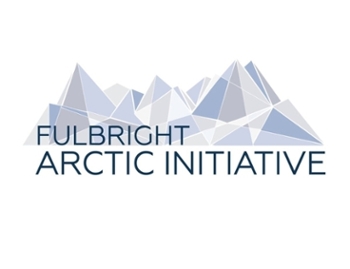
Working Recommendations of the Fulbright Arctic Initiative Energy Group
Report authors: Greg Poelzer, Gunhild Hoogensen Gjorv, Gwen Holdmann, Noor Johnson, Bjarni Mar Magnusson, Laura Sokka, Maria Tsyiachniouk, Stan Yu
This report is an outcome of the Fulbright Arctic Initiative sponsored by the U.S. State Department's Bureau of Educational and Cultural Affairs. This initiative was created in 2015 to initiate new research broadly supportive of the U.S. Arctic Council Chairmanship priorities in the focal areas of improving economic and living conditions for Arctic communities; Arctic Ocean safety, security and stewardship; and addressing the impacts of climate change. The Fulbright Arctic Initiative brings together 19 scholars in diverse fields from the eight Arctic nations to work on research projects on energy, water, health and infrastructure problems.
The research of the Energy Group focuses on understanding the impacts of extractive industries and the transition to renewable energy in the Arctic. The Energy Group drew upon respective national perspectives, comparative research exchange experiences, the literature, as well as each scholar's past research and diverse disciplinary strengths, to collaboratively identify a set of significant policy recommendations to support the development and deployment of renewable energy in the Arctic and sub-Arctic regions. The primary goal of these recommendations is for the Arctic Council to consider establishing guidelines to facilitate the development of renewable energy in Northern areas.
Renewable Energy Prefeasibility Assessment Results

A summary of the viability of future development of various renewable energy sources in the communities of the Peter Ballantyne Cree Nation
Report authors: Daisy Huang, Dominique Pride, Greg Poelzer, Gwen Holdmann
Produced by the Alaska Center for Energy and Power, University of Alaska Fairbanks, in cooperation with the School of Environment and Sustainability, University of Saskatchewan and SaskPower
This project came out of the Fulbright Arctic Initiative, connecting SaskPower and the Alaska Center for Energy and Power (ACEP), University of Alaska Fairbanks, and the School of Environment and Sustainability, University of Saskatchewan to identify opportunities to support PBCN’s interest in pursuing renewable energy development. The primary purpose of this study is to determine which renewable energy resources are feasible for utilization in Peter Ballantyne Cree Nation (PBCN) communities, with regards to resource availability, technical feasibility, affordability, and long-term sustainability. Also considered are secondary benefits such as producing jobs, increasing local energy independence, and supporting the local economy. Specific technologies under consideration include 1) ground, water and air-source heat pumps; 2) solar energy; 3) wind power, and 4) biomass (cordwood, wood chips, and wood pellets).
For each technology that appears feasible at this point, we recommend that SaskPower pursue more detailed resource assessments. Our recommendations utilize existing data for similar situations in Alaska, which we have selected as “comparable”, to outline potential parallel situations in PBCN communities. Based on what we consider the strongest candidates for potential energy sources, we will outline recommendations for how to pursue quantification and fuller economic projections, where applicable. We outline here barriers the Alaskan communities have faced, as well as lessons learned from the Alaska projects, for the use of PBCN in their resource assessment and planning efforts.
Based on our initial assessments, the all of the following are strong candidates for renewable energy in the PBCN communities: solar thermal, solar photovoltaic, water- and ground-source heat pumps, and biomass. Wind is not at this point as economical or technology-ready as solar or biomass, but the collection of wind data is suggested for future portfolio diversification. Air-source heat pumps do not appear to be a strong candidate.


